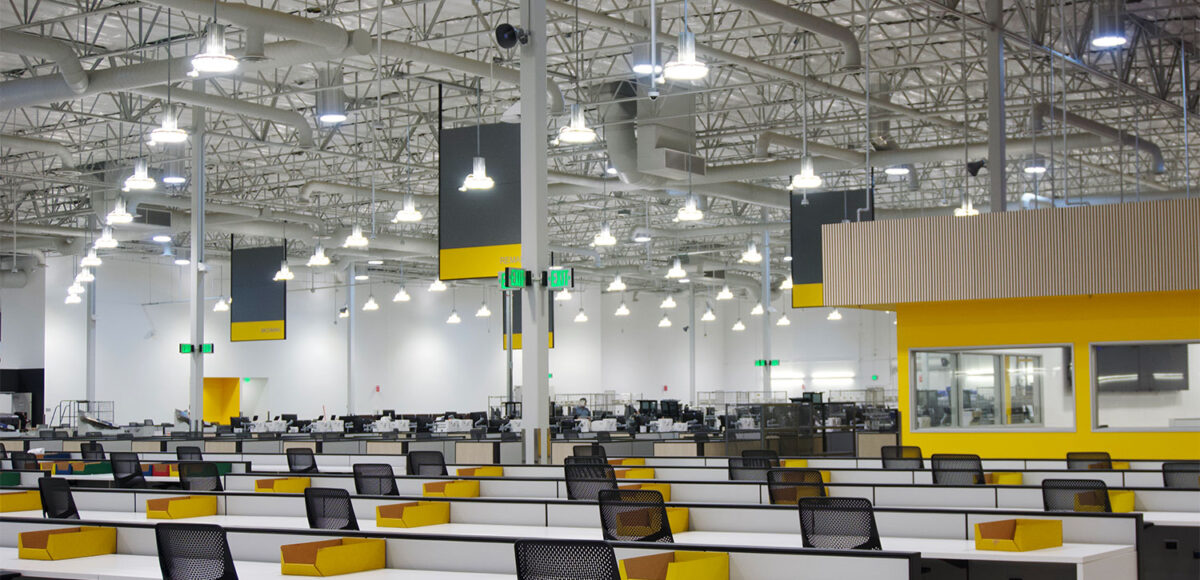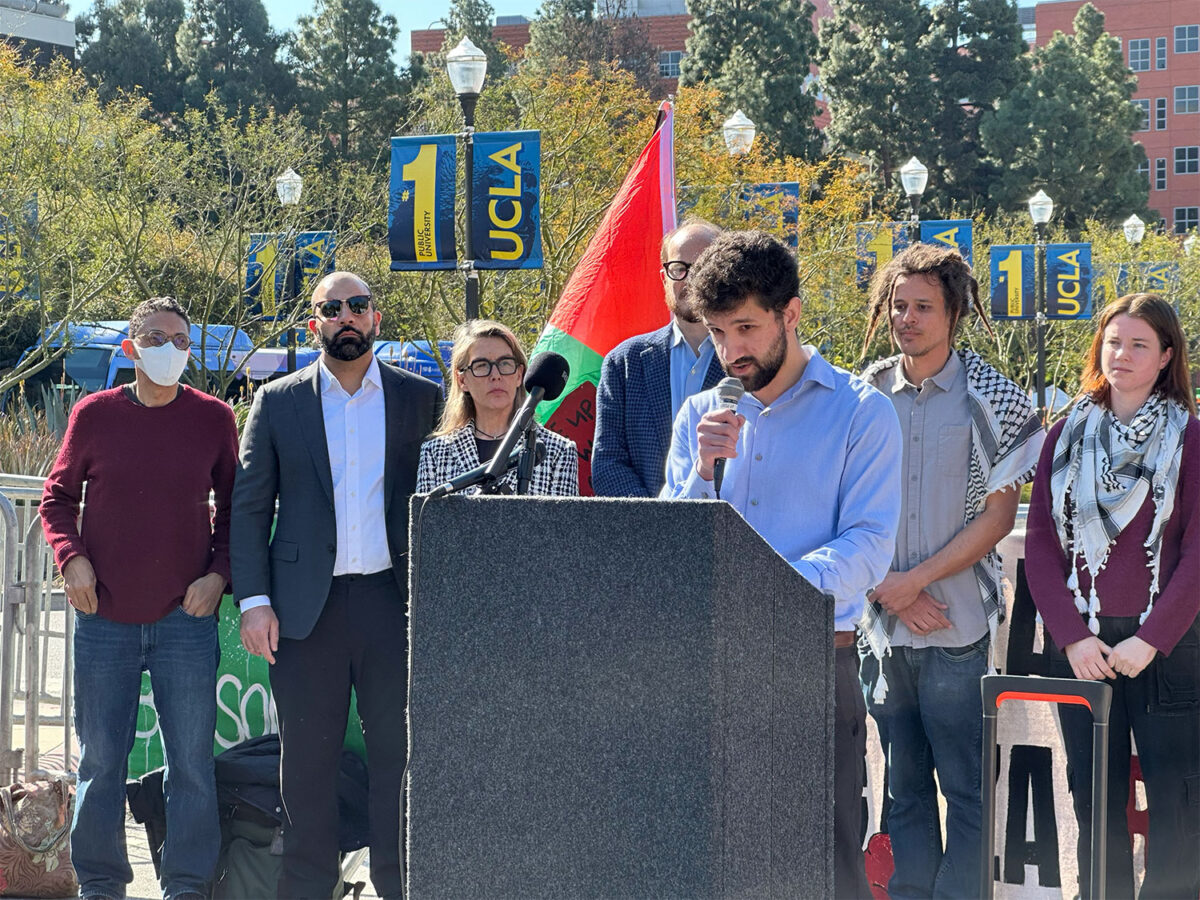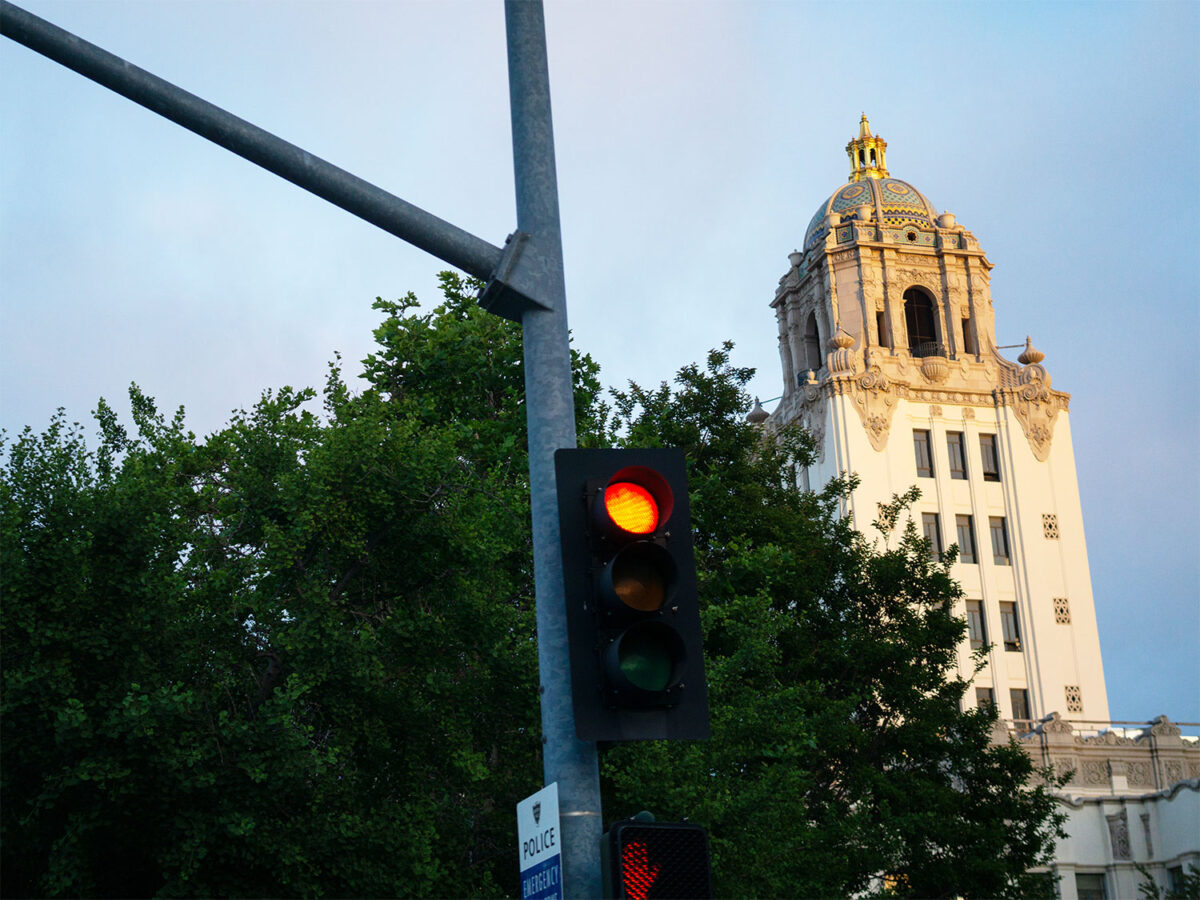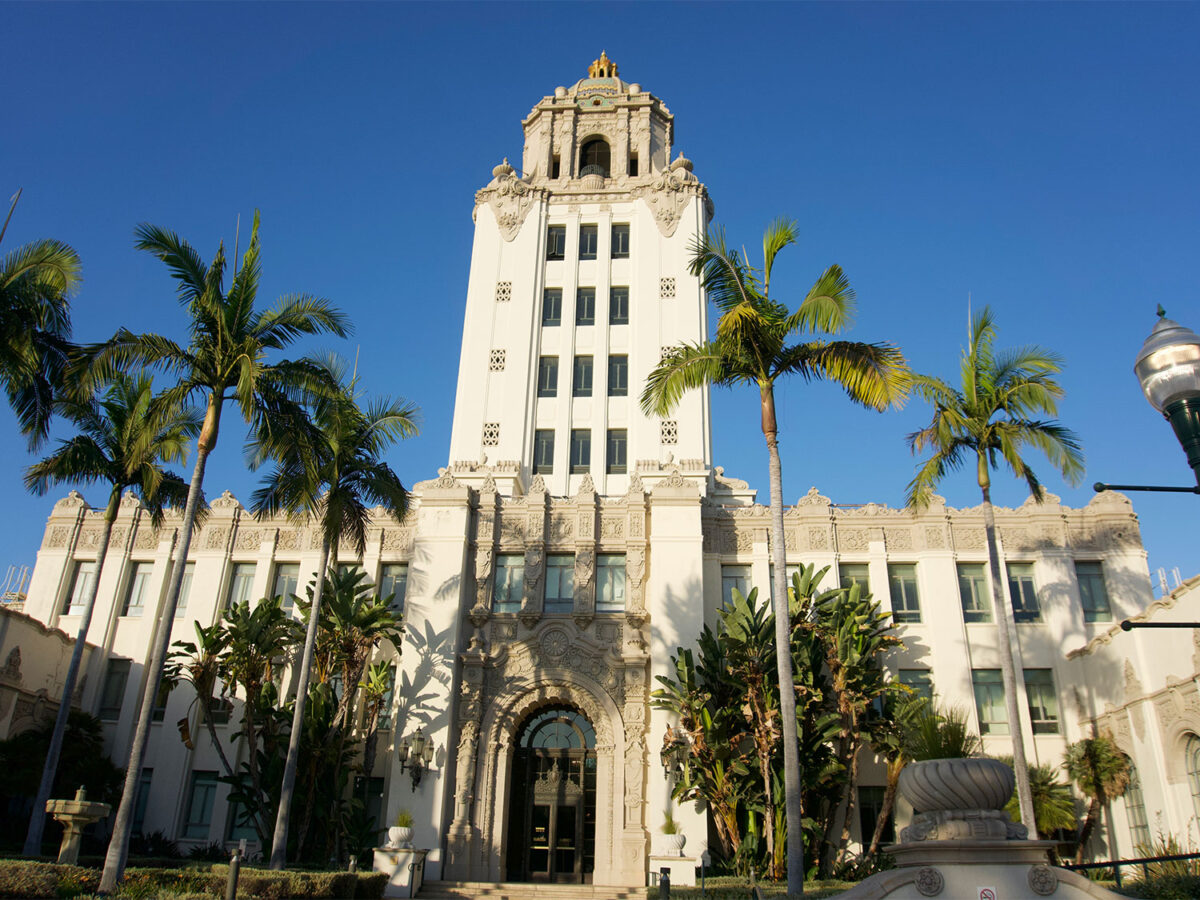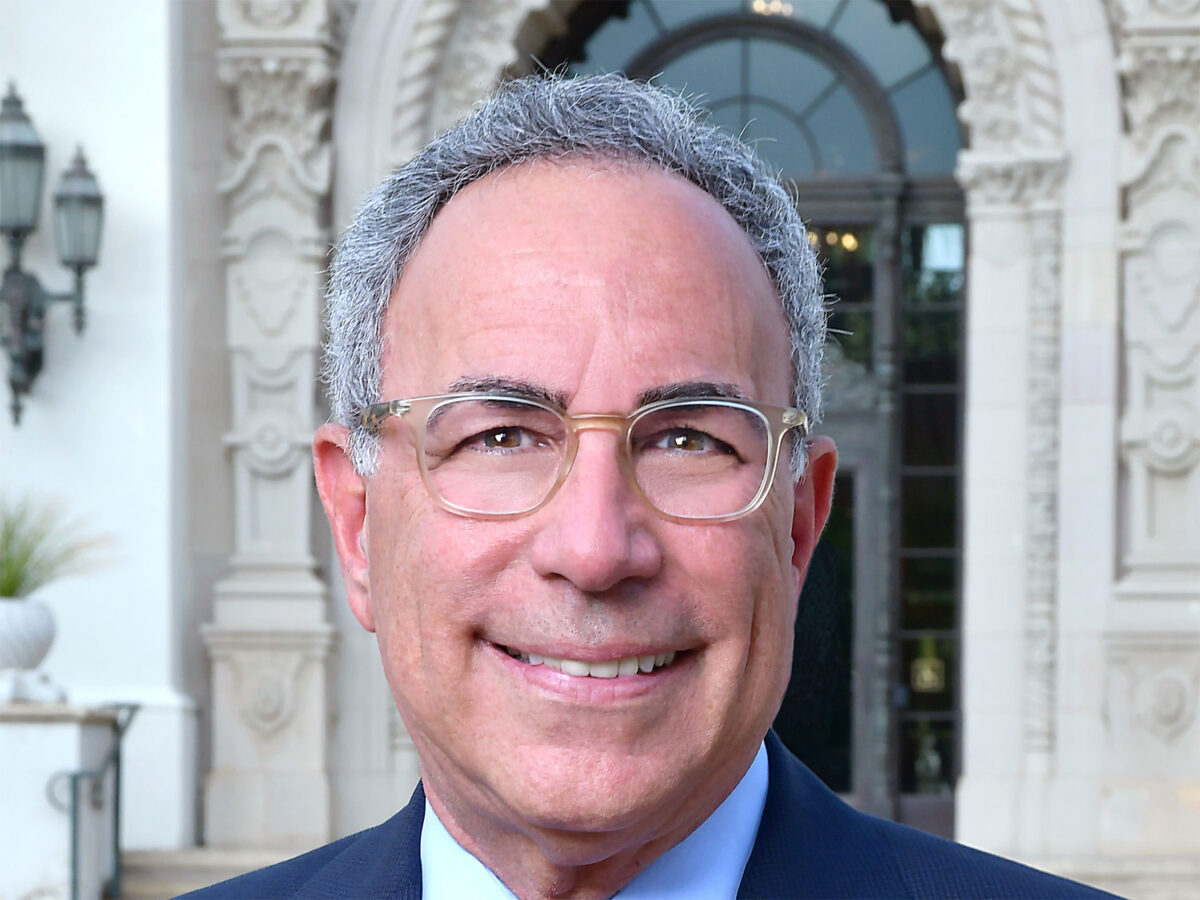As voting gets underway in the November general election, millions of ballots will make their way to Los Angeles County’s new ballot processing center in the city of Industry. The Steampunk-themed building that once housed local landmark Fry’s Electronics has been stripped of its giant gears and transformed into an inconspicuous warehouse. Inside, a team of employees and ballot processing machines are working tirelessly to ensure each vote is counted accurately. The entire process involves multiple levels of voter identification, a scan of each penned-in bubble and multiple human inspections of ballots that cannot be read by the machines. The state of California counts every ballot postmarked by Election Day, which means this process will continue after Nov. 5 as votes roll in.
In 2020, about two-thirds of the voting-
eligible population turned out for the election across the United States, according to the Pew Research Center. This was the highest rate for a national election since 1900. Yet the same year, many voters believed the election was a fraud. This may be due to the spread of misinformation on social media, but it also has to do with a lack of education regarding the complex ballot-counting process. To combat concerns that the ongoing presidential election can be rigged, the L.A. County Registrar of Voters hosted tours of the new processing center before voting began and walked invitees through the entire process using a sample ballot.
In mid-September, the Courier attended a facility tour led by L.A. County Clerk Staff Development Specialist Jeff Klein and Public Information Specialist Daylyn Presley. Their voices echoed through the massive 144,000-square-foot building as they explained the process each ballot goes through from beginning to end. “We do have a small staff that’s here year-round, but during our busiest period, we can get up to 900 or more people working out of this facility,” said Presley.
The election staff expects Nov. 5 to be chaotic as helicopters deliver ballots from poll centers in cities like Avalon and Long Beach, but thanks to voting by mail, around half of the ballots arrive at the facility before then.
Upon delivery to the facility, each ballot is checked by a machine to make sure it’s legitimate. Those not approved by the machines are then double-checked by election workers so that no legitimate ballots are mistakenly left out. This first step also filters out voters who have listed multiple residences in their voter registration and have received and mailed in multiple ballots to ensure that every voter only counts once. Then, the identification process begins. Machines scan each signature to match it with the one that the voter has on file. Those that aren’t approved by the machine are also checked with real election workers on site. They analyze each signature and compare it to others that the voter has on file, such as those that appeared on previous ballots. This also ensures that voters who accidentally signed a previous name such as a maiden name can still be counted, if the signature is verified by the election staff.
Once ballots are approved for the next step of processing, they move on to the tally room with glass walls in the middle of the warehouse. “The reason why the glass windows [are] all the way around the tally room is [because] now people can be here and they can watch the activities,” said Klein. “They can’t go inside the tally room, of course. It’s restricted to people who have a purpose of being in the tally room. But they can at least watch and see what’s going on and so forth. So, transparency and security are both main features that we have here, and we want to embrace both at the same time.”
This room is where the official votes are counted. Brian Ikenaga, election system division manager, used a sample ballot to explain how tally machines scan each page. Very quickly, each machine scans the penned-in bubbles line-by-line. It automatically catches any lines with too many bubbles filled in, an incompletely filled bubble, or anything voters may have written on the ballot, such as arrows. The processor resembles a copy machine in size and design, and it spits out pages into two pockets: one for the approved pages and one for those that need to be double-checked. Workers like Ikenaga are responsible for sorting through the latter and determining which candidate the voter intended to vote for. If it’s still unclear, they may contact the voter or provide a new ballot. In this case, the official count would not be complete until that voter receives their new ballot, votes and sends it back to the facility.
Though media outlets will announce a predicted winner of the presidential election on Nov. 5, no one will know the official number of votes each candidate has received until each state completes this process. In extremely close elections, this can make it difficult to predict a winner on night one. Presley urged voters to be aware of unofficial election results that are published before the final votes are tallied. The facility will remain open to members of the public who are interested in viewing the tallying process throughout election season and upcoming viewing events will be posted at https://www.lavote.gov/home/voting-elections/current-elections/election-results/public-observation.



